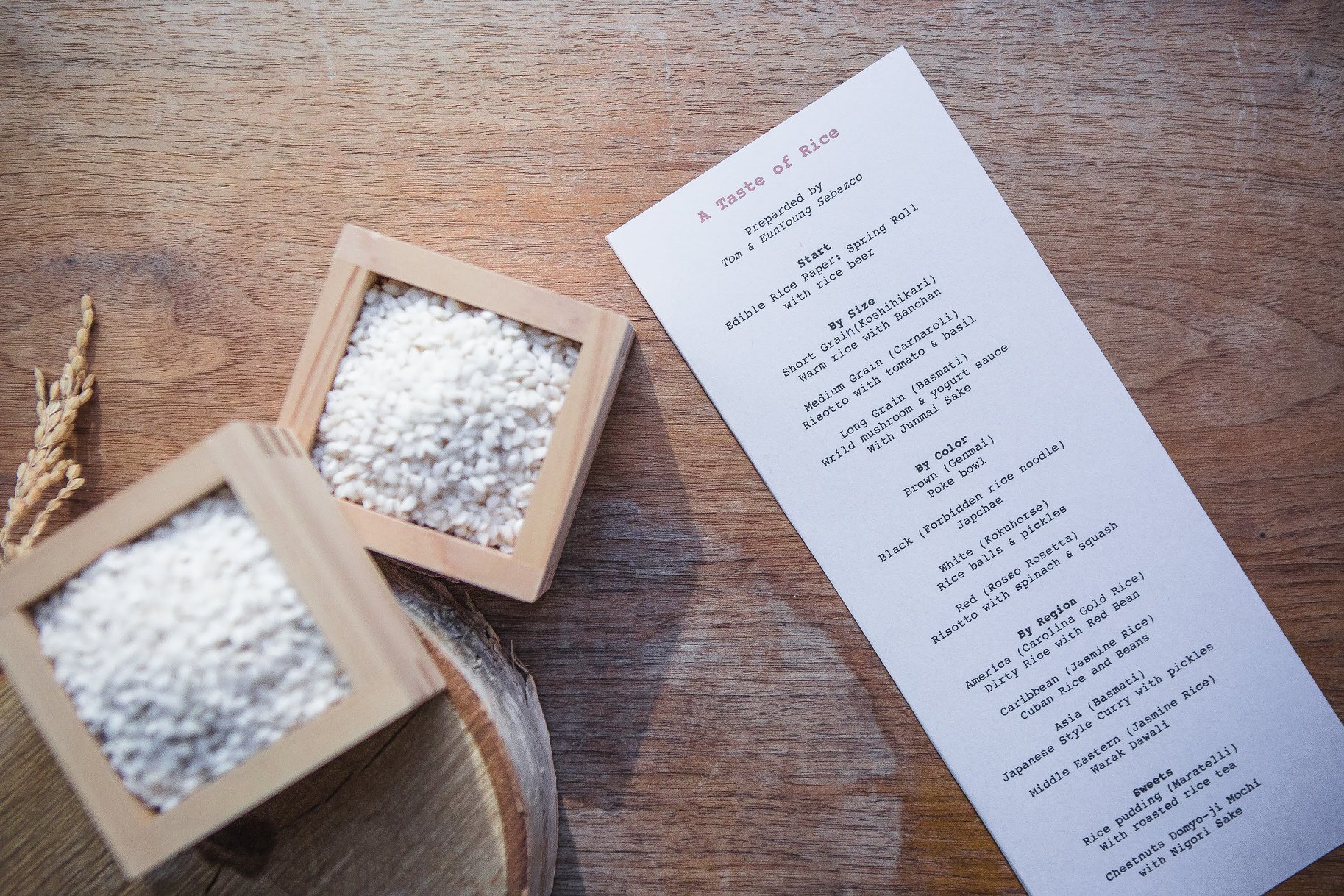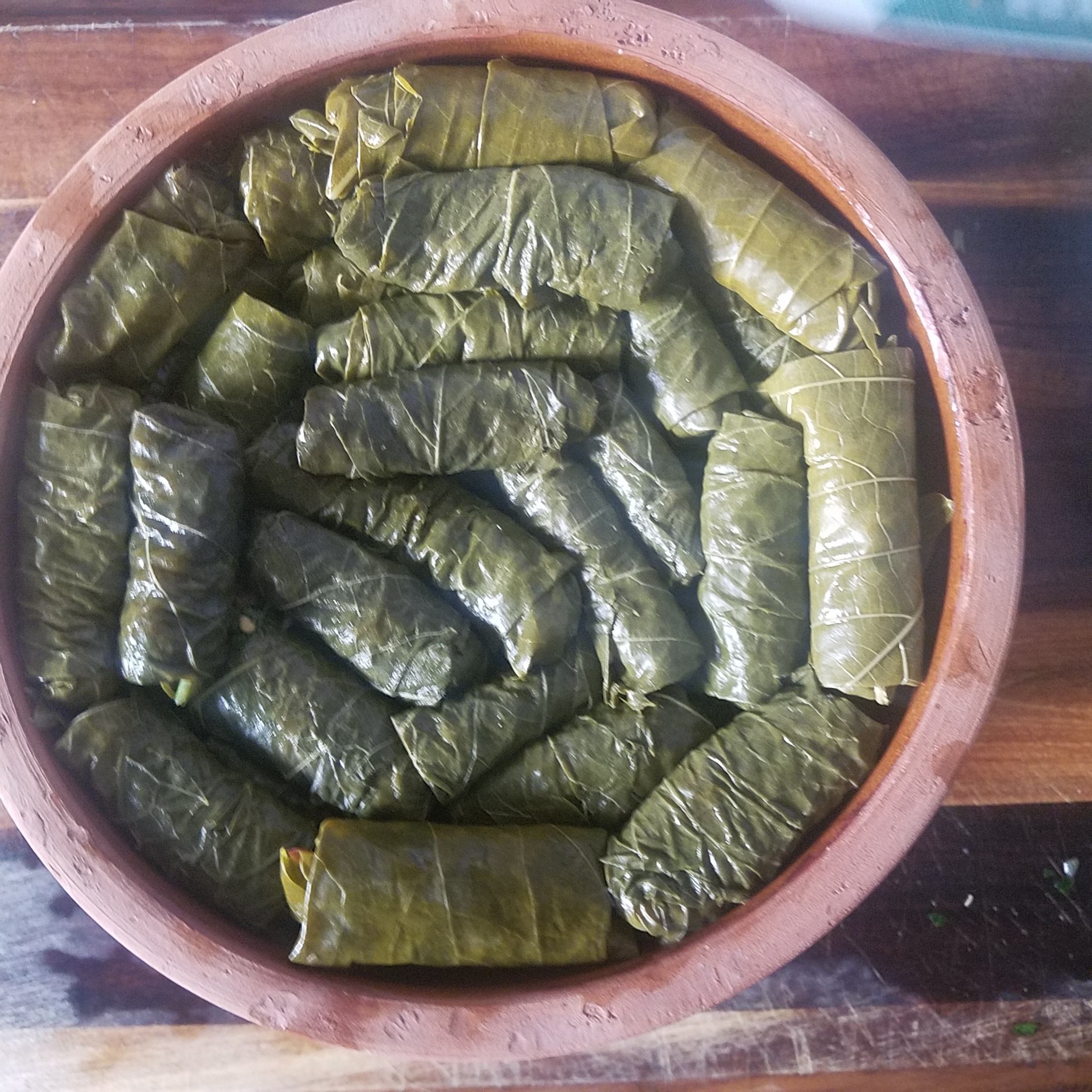Sake brewmaster Yasunobu Tomita
/Photo Credit: Junya Mori
Shichi Hon Yari sake company, one of the oldest and smallest breweries in Japan. The sake brewery was founded in the 1540's and is managed by the 15th generation of the family.
1. What is your role at Shichi Hon Yari?
I am owner of Tomita brewery. I have been in charge of sake making since 2005. I focus more on sake making in the winter time, but mainly I take care of sales of Sake in our company.
2. Have brewing methods & taste changed in recent years from 1500's?
Unlike these days, in the 1500’s they hadn’t developed a refined milling system, so sake was made with brown rice and natural yeast. After World War 2, a new develop a milling system changed the taste of Sake.
3. How well do your retailers in Japan sell Sake vs Shochu or Wine?
After World War 2, beer has been consumed more than sake. Along Japanese food culture’s changing, gradually Shochu to wine sales increased. Shochu sales started to pick up in 1973 and finally started to settle 2014. Now, people are able to choose their favor of sake, so small breweries could stay a marketable business. A wine boom had started 15 years ago and has slowly decreased.
Good news, small breweries have been in the spotlight the past few years. Despite of big competition from corporate companies, current consumers look for who makes and what ingredients used that help to small breweries stay strong.
4. What about the costs associated with making sake compare to 20, 10 years ago?
Sake Labor union (Toji Kumi) throughout Japan work in agriculture fields during the season, and move on to Sake making during their off season which is winter time. It has provided a good balance between the Union and the brewery. Sakakura (Sake Brewery) numbers has decreased almost ½ of what it was 20 years ago. Now there are only 1300 breweries in Japan. Sakakura has been an aging generation which could cause the financial troubles and close down the Sakakura. We decided to have full time employees. Not only they make sake in wintertime, but they learn from the consumers during the off season, to provide us with the information to for make great sake the following year. I believe the strong financial base keeps us going and I need to find a balance between quality and profit.
5. What percent of your sales does the US and overseas market account for?
We started exporting in 2005. Total sales of 10% is overseas and the USA is the largest market.
6. What are your visions for for future?
I would like to grow rice and make sake from our own rice. However, due to modern culinary lifestyles, it has led to decreasing rice consumption, and local farms have had a hard time with production and profit. I would like to support our local farms. However, I feel that not knowing growing our own rice misses a step in the sake making process. I would like to grow own rice. So, I have been looking for a right place (such as soil & weather) to grow sake rice.
7. What kind of rice do you (or your local community) plant for your sake?
Saka Mai (:Sake rice) ‘Tamasakai’. FIY, that grain of rice is different than rice we consume at the dining table.
8. I heard that you had a special rice plant 50 years ago and started to grow it again recently. ‘Watari Bune’. Tell me about separates it from the others.
11 sake brewery decided to get together and to grow the old Shiga rice ‘Watari bune’. This old style Shiga rice easily absorbs water and is easily broken. However, we try to use flavors contained in the the grain.
9. What is your message to audience how important rice as one of main ingredient in Sake?
Like Beer is hops, Wine is grape, if there is no rice; sake would not be born.
Photo Credit: Junya Mori











